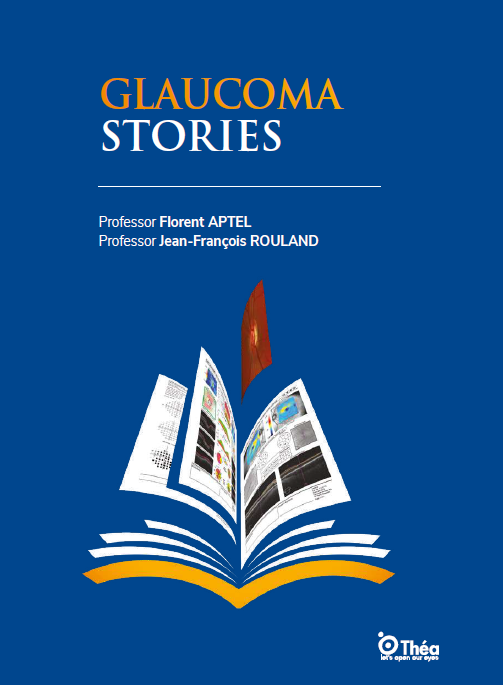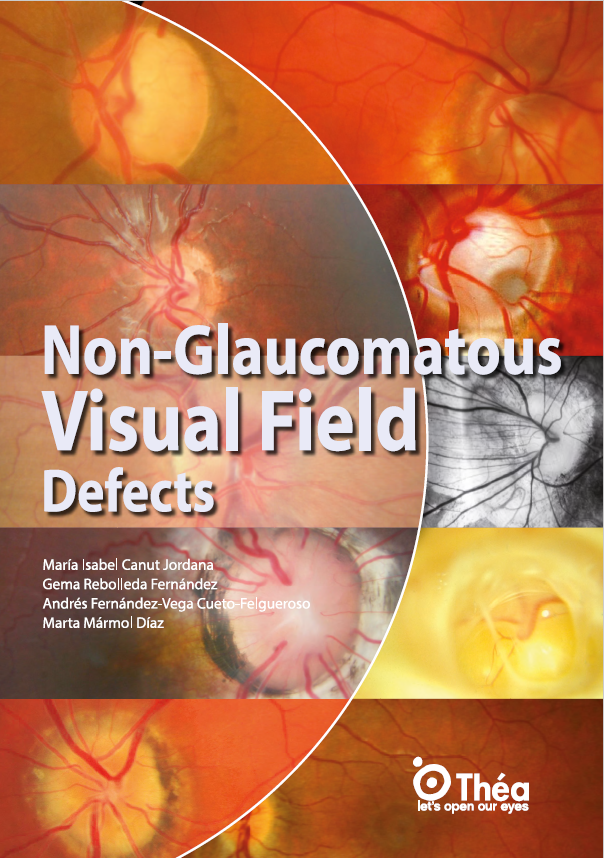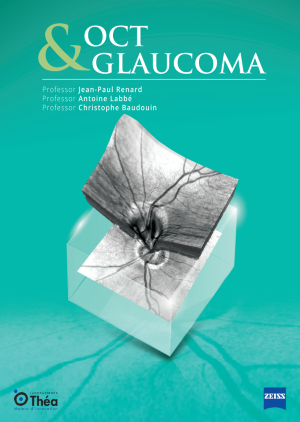
This glaucoma review provides insights into various presentations of the disease through 20 real-world clinical cases. The most common form primary open angle glaucoma is a recurrent theme, though rarer forms such as angle closure glaucoma and secondary glaucomas (e.g., uveitic, pigmentary, steroid-induced) are richly illustrated. A unifying thread is the progressive and irreversible nature of visual field defects, reinforcing the urgency of early diagnosis. Several cases show how ocular hypertension, initially detected incidentally, evolves silently before clinical symptoms emerge.
The review highlights modifiable risk factors such as corticosteroid use and myopia, and emphasizes the role of family history in some forms like juvenile and congenital glaucomas. The narrative also reflects on systemic diseases (e.g., sarcoidosis, Axenfeld-Rieger syndrome) where eye involvement requires vigilant screening and multidisciplinary care. Across the stories, eye care professionals are encouraged to adopt proactive screening strategies, especially in younger or asymptomatic individuals, who may not present typical risk profiles. The book offers a comprehensive, case-based understanding that complements conventional didactic learning and strengthens clinical acumen.
Each case emphasizes the indispensable role of glaucoma diagnosis through visual field testing and optic nerve head assessment. Multiple tools are deployed: OCT imaging of the retinal nerve fiber layer (RNFL) and retinal ganglion cell (GCC) complex are particularly highlighted in early or pre-perimetric glaucoma. Standard automated perimetry (SAP) such as SITA 24-2 visual field tests help confirm functional loss, while optic disc photos assess structural changes like increased cup/disc ratio or nerve fiber notches.
Cases such as pigment dispersion syndrome and pseudoexfoliative glaucoma demonstrate that optic nerve and retinal evaluations often uncover damage before patients become symptomatic. OCT is especially valuable for tracking changes in retinal nerve fiber layer and ganglion cells, and is often repeated when artifacts or borderline results are encountered. The casebook also illustrates how careful interpretation of optic disc anatomy and consistent follow-up imaging guide long-term management decisions.
The treatment strategies in these stories reflect a spectrum from topical hypotensive therapy to advanced procedural options. Treatment of glaucoma often begins with prostaglandin analogues, beta-blockers, or fixed combinations. In more resistant or secondary cases (e.g., steroid-induced or uveitic glaucoma), laser treatments such as selective laser trabeculoplasty (SLT) or iridoplasty are employed with varying success, depending on angle anatomy and inflammation status.
Some cases—particularly plateau iris syndrome or extensive anterior synechiae—require minimally invasive glaucoma surgeries (MIGS) or filtration procedures. In pediatric and syndromic cases like Axenfeld-Rieger, early surgery is often needed. Treatment choices are individualized based on IOP severity, risk of progression, and anatomical findings such as angle configuration or optic disc status. The review reinforces that laser and surgical interventions, when timed appropriately, can offer sustained pressure control with reduced dependence on
medications.
The book uses case-based learning to present glaucoma in diverse contexts young vs. elderly, acute vs. chronic, unilateral vs. bilateral, and idiopathic vs. systemic. This immersive format offered by Théa Academy mirrors real clinical dilemmas, allowing eye care professionals to refine diagnostic reasoning, interpret imaging nuances, and manage complex treatment pathways.
Readers are guided through clinical trials-like summaries, complete with MCQs, answer rationales, and OCT/visual field interpretations. Rich imagery aids in understanding structural clues like iris nodules, Schwalbe’s line anomalies, or optic nerve excavation. The cases emphasize glaucoma diagnosis, encourage mastery of visual field testing, and teach how to correlate anatomical findings with functional loss. This pedagogical approach mirrors textbook learning, yet is enhanced by the authors’ expert commentary and practical insights.
This glaucoma review showcases the critical role of accurate glaucoma diagnosis and early intervention to prevent irreversible damage to the optic nerve head. Using authentic clinical cases, it reinforces the need for routine visual field testing, high-resolution imaging, and targeted therapies. For professionals aiming to elevate their eye care practice, continued education is key.


